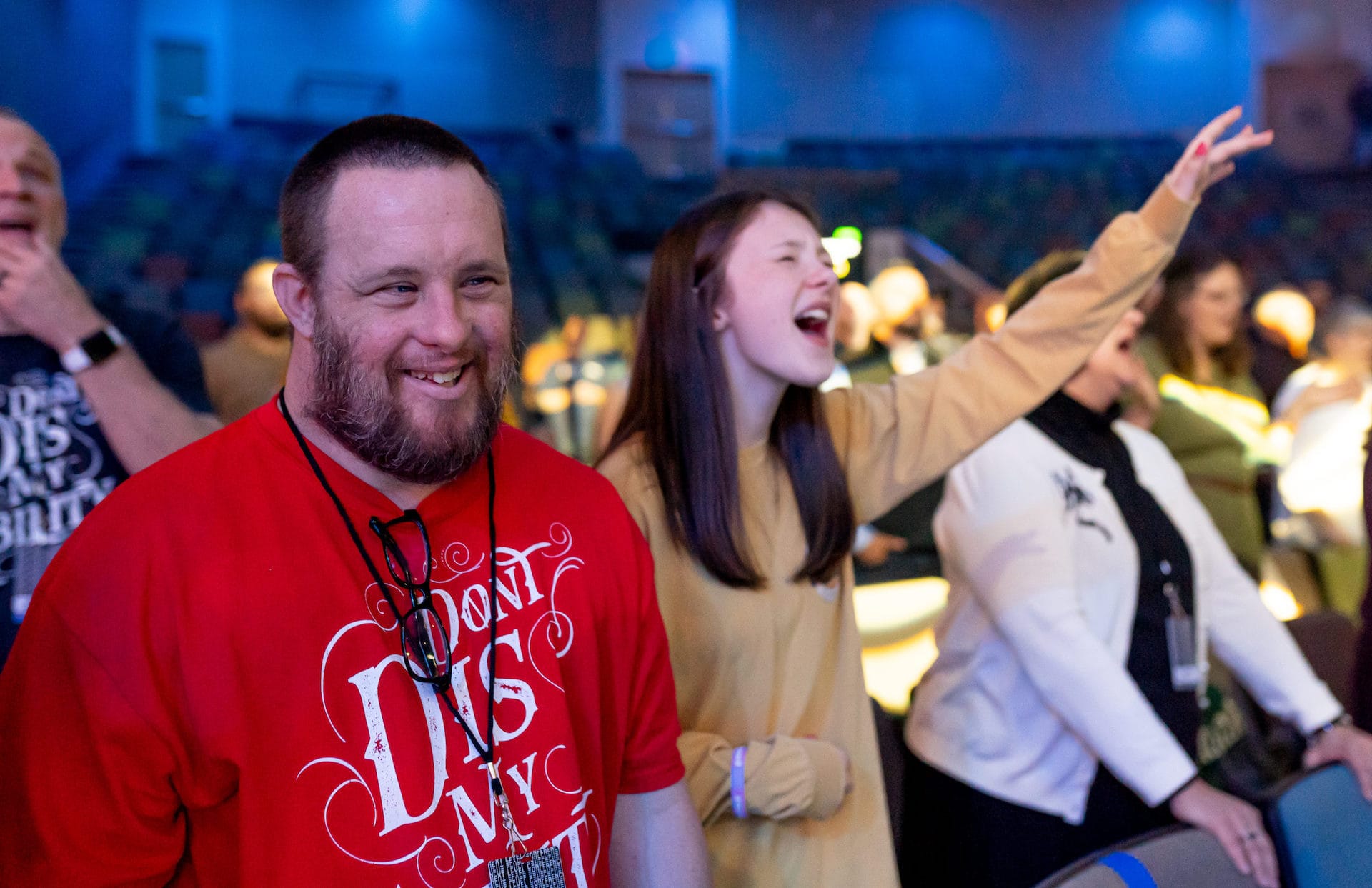
Nearly two years ago, I built a shed. A few weeks ago, I got around to painting it. The delay between building it and painting it was quite intentional. The shed is actually a large resin shed I built with a friend at church as we worked to reopen our inclusive weekday preschool in the throes of a global health crisis. Unlike wood, resin sheds don’t actually need to be painted. Nonetheless, I found myself unexpectedly painting this shed a few Thursdays ago. With water. With a four year old. On that particular day, I was working as an inclusion support for our church’s weekday preschool classes and one student grabbed two paint brushes, filled up a bucket of water and invited me to paint alongside him. The invitation came with few words but with much intention. So for about 30 minutes, I painted alongside him. Neither one of us had a particular plan or agenda about how this painting should happen, yet the way the boy moved his brush up and down and across the shed was steeped in purpose. He eagerly looked over occasionally to see if I was still painting and would point out sections where our brushes had not yet covered. When the water in the bucket was getting low, he would motion me over to the outdoor sink to help him refill it, ready to paint again. Somewhere during that half hour of painting the resin shed together, I realized the little boy and I were equal partners in our shed painting endeavor. We were practicing ministry with.
Oftentimes, we set out to do ministry to or for someone else. We bring our programming, our structures, our five year ministry plans, and do ministry to and for other people. Perhaps when we view ministry this way–as a system that involves both a consumer and a producer– we miss out on deeper, richer relational opportunities as leaders to connect with those God has brought along our paths. We do ministry to and for because maybe deep down, we think the other person needs us. That they are only in a position to take and we to give. In contrast, doing ministry with levels the playing field. Both parties are open to God’s working and leading. Doing ministry with presupposes that everyone has gifts to utilize and contribute. That everyone is a God ordained minister. Doing ministry with allows leaders to grow and connect in ways that ministry to and for do not allow.
A reading of the Gospels will remind us that Jesus often did ministry with. Jesus, who was simultaneously fully God and fully man, chose to do ministry with the imperfect and messy vessels of humanity. Jesus invited his disciples to preach, teach, pray and heal right alongside Him. Jesus went to the home of an unpopular tax collector to break bread and eat dinner. Jesus wept with Mary and Martha when Lazarus died before he was raised. Jesus took a little boy’s offering of five loaves of bread and two fish and fed a massive crowd. Jesus did ministry with.
The practice of doing ministry with forces us to examine our programs and structures, but should also force us to examine our presumptions, biases and motives. As leaders, we must ask ourselves the tough questions. “Am I doing ministry to or for this person because I believe they are not capable of doing it with me?” “Am I doing ministry to or for this person because I believe I should be in control of the outcome? Because I believe I have more power than the other person?” “By doing it this way, am I denying someone else an opportunity to serve alongside me?”. These questions can be difficult and pointed but are wholly necessary if we are to reorient ourselves to doing ministry with. When we do ministry with, we open ourselves to opportunities we may not encounter if we view ministry as transactional rather than relational. Transactions happen at the bank and the grocery store, thus the church need not be built upon ministry models that only involve a giver and a taker. Ministry with centers on a fellowship of believers loving and serving side by side. So go paint that resin shed with water alongside an enthusiastic four year old (or whatever your ministry equivalent might be) and experience the transformative power of with.


